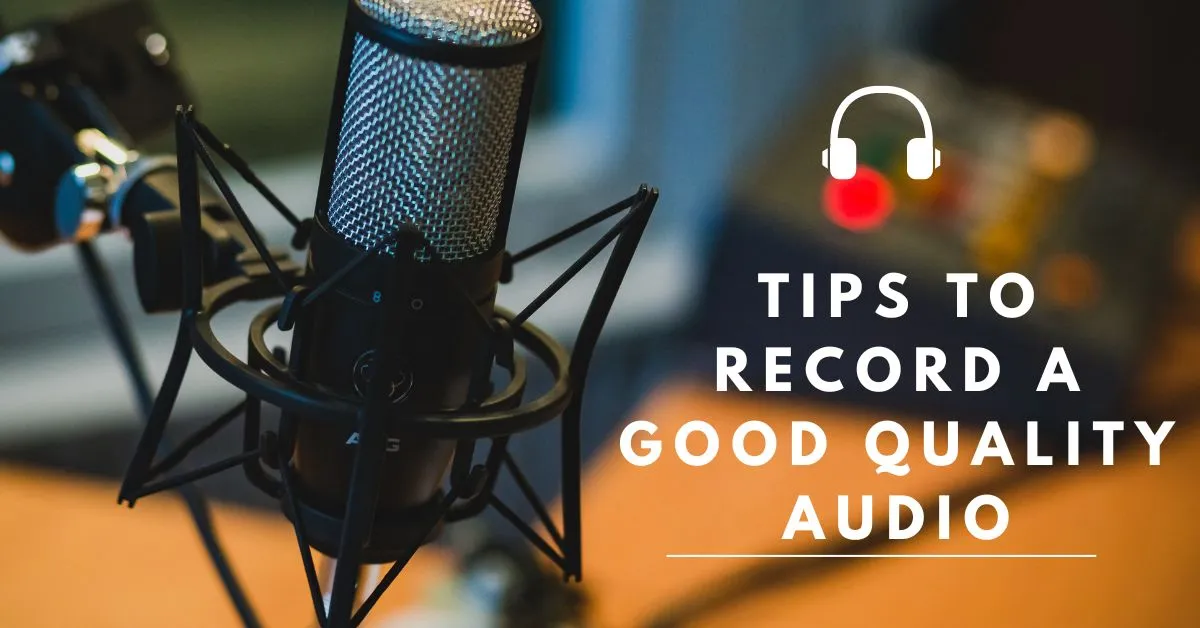


10, August 2023
In the world of audio production, achieving a high-quality recording is paramount. Whether you're a musician, podcaster, or content creator, capturing clear and rich audio is essential for creating a professional and engaging final product. Let's dive into some crucial tips that will help you record top-notch audio that stands out and captivates your audience.
Selecting the right recording environment is the foundation of quality audio. Look for a space with minimal background noise and sound reflections. If possible, opt for a room with sound-absorbing materials like carpets, curtains, and acoustic panels. A quiet environment ensures that unwanted noises don't compromise your recording.
Microphones are the ears of your recording setup. Investing in a high-quality microphone can make a significant difference in the clarity and warmth of your audio. Consider the type of microphone that suits your needs, whether it's a dynamic microphone for vocals or a condenser microphone for capturing a broader range of frequencies.
Microphone placement plays a crucial role in capturing the desired sound. Experiment with distance and angles to find the sweet spot that captures your audio source accurately. Avoid placing the microphone too close to prevent distortion and plosive sounds, especially when recording vocals.
Wearing headphones while recording allows you to monitor the audio in real-time. This helps you catch any issues such as background noise, clipping, or distortion as they occur. Monitoring ensures that you're getting the cleanest possible recording right from the start.
Avoid recording audio that's too quiet or too loud. Keep an eye on your recording levels to prevent distortion (clipping) or a signal that's too weak. Aim for a consistent level that allows your audio to be audible without any distortion.
When recording vocals, pop filters are your best friends. These simple screens placed in front of the microphone help reduce plosive sounds caused by bursts of air hitting the microphone during speech. This ensures a smoother and cleaner vocal recording.
Room acoustics can significantly affect the sound you capture. Experiment with positioning your microphone and using acoustic treatment to minimize echoes and reverberations. Small adjustments can make a big difference in the overall sound quality.
Even the quietest environments can have ambient noises like humming appliances or distant traffic. Consider recording during times when ambient noise is at its lowest. You can also use noise reduction tools during post-production to further refine your audio.
Recording in a higher resolution (sample rate and bit depth) than your final output can help preserve the nuances of your audio. This is particularly important when editing and processing your recordings.
Like any skill, recording quality audio takes practice. Don't get discouraged if your first few attempts aren't perfect. Experiment, learn, and refine your techniques over time. The patience you invest will reflect in the quality of your recordings.
Recording top-quality audio requires attention to detail and a commitment to excellence. By creating a conducive environment, using quality equipment, and following these essential tips, you'll be well on your way to producing audio that captivates your audience and leaves a lasting impression. Remember, every improvement you make in your recording process brings you closer to achieving audio perfection.